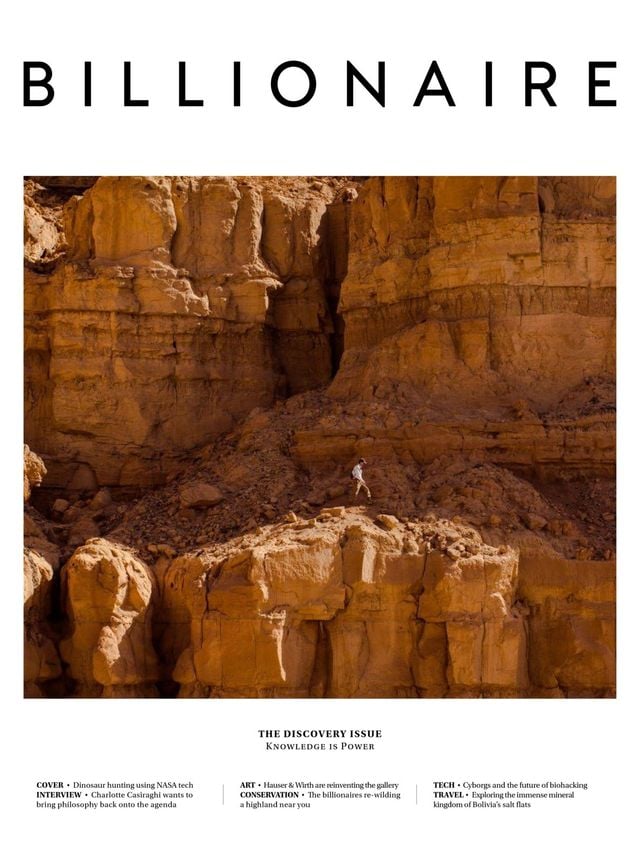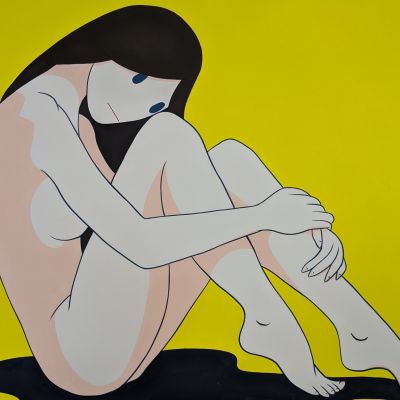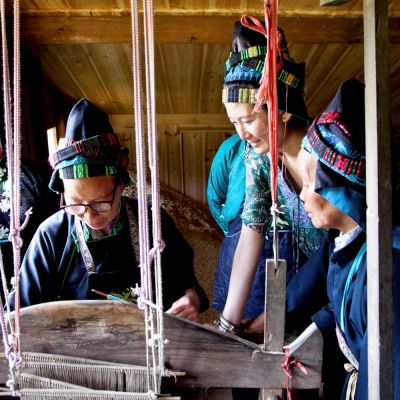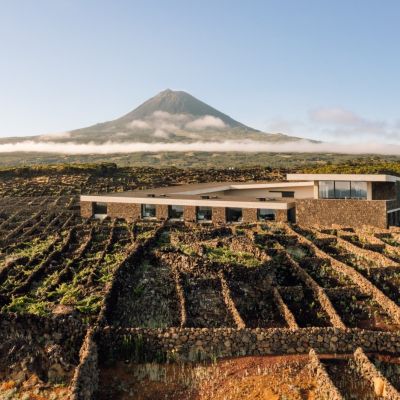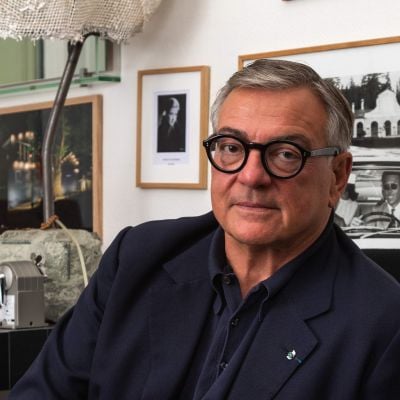Team Lab: Painted Pixels
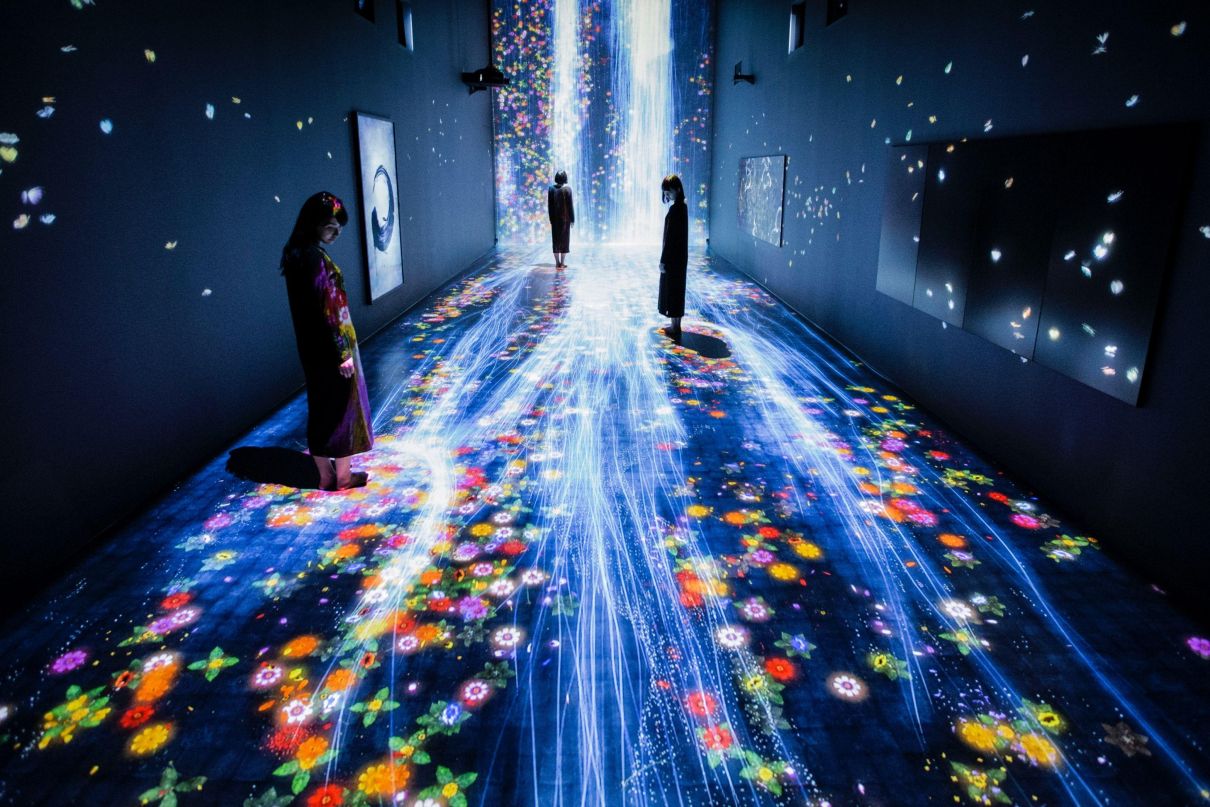
teamLab believes that over time, digital art may become just as collectable as Picasso and Freud.
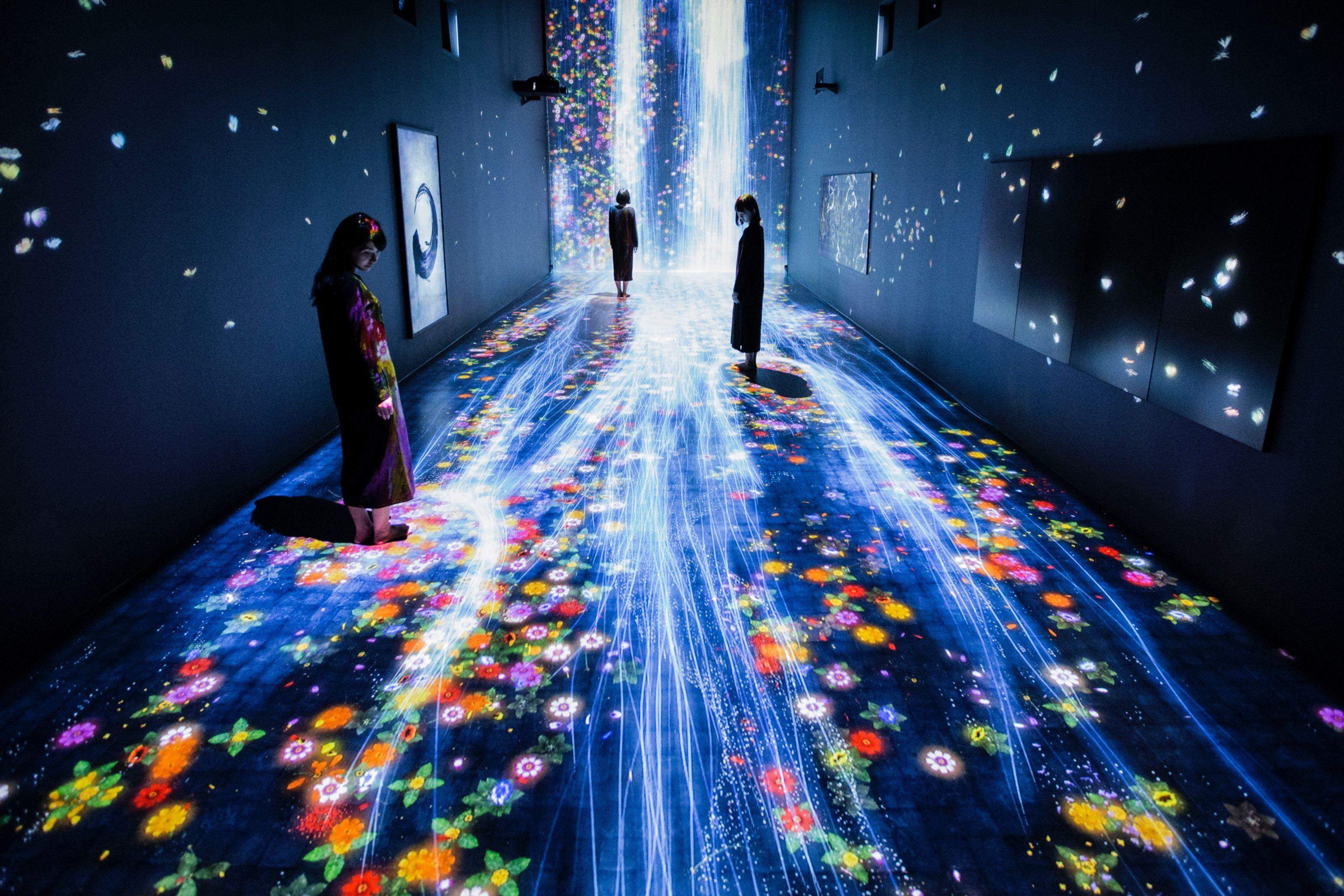
teamLab is a Tokyo-based interdisciplinary art collective, founded in 2001 by Toshiyuki Inoko. He has a team of over 400 people working in the studio or what he refers to as the ‘laboratory’. Inoko has always believed in multiple brains conglomerating to build a single idea or artwork to break boundaries. The ethos of teamLab is that the digital domain can expand the experience of art. Billionaire caught up with him.
You use multiple forms of media and production. Where does your inspiration come from?
Toshiyuki Inoko: We want to lose the boundaries between human form, existence and the external world. For most of our artworks, it’s not limited to within the ‘canvas’; rather, digitally rendered butterflies break free of the frame and enter the space of another. We want to situate the viewer directly within the realm of the artwork, transcending the physical and conceptual boundaries that exist between different artworks. Another example: we studied the movement of waves and water particles and created a three-dimensional virtual space, expressing water as a ‘live’ organism that immerses the viewer. A surreal-yet-intrinsic connection with nature can be achieved. Through an interactive relationship between the viewers and the artwork, it broadens possibilities. Each piece has an independent world and concept, but the boundaries are ambiguous. That is our theme. Humans create restrictions when ideas and concepts are materialised in tangible ‘reality’. Our inspiration comes from the desire to remove those restrictions. In the mind, there are no limits and this is the world we want to visualise through digital art.
Is digital art a part of the natural development of art history or is it an independent movement?
We are living in midst of radical change and innovation. One hundred years from now, when one reflects back on the 21st century and the production of art, it will most certainly be powered by technology and digital media. This new tool allows us to transcend boundaries making the impossible a possibility; we aspire to represent this movement. And through this form of art, we think people will view the world differently — from new angles and on a deeper degree. we are hoping that people in the future will conclude that the age of digital art was the catalyst for societal development. Pop Art changed the meaning and value of the mundane. We believe digital art will have a similar outcome. In the future, digital art will represent what we currently stand for.
How should collectors approach your art?
For collectors, we want them to understand that the artwork is not the screen or the technology. It is the data that they are collecting. And the data is eternal. That’s why when we sell an artwork, the collector purchases the data. The media they play it on, when and where, is up to them. The art is completely separate from the media. We think there will be an increase of wealthy individuals collecting digital art. It offers a priceless experience worth paying for. It is intimate, exclusive, experiential, and so personal. You become part of the work at that specific time. This is the ultimate form of luxury.
Digital media is always linked to technology, and often its aggressive advancement. Do you think this will control the future of digital art?
Not at all. We don’t consciously think about progression or technological advancement. That’s not what our art is about. We do, however, wish that the future will have less boundaries, less materialism. As a creator, we are conscientious about nurturing creativity and curiosity through technology and art. The experience is the art, not the science and ultra-tech behind it. Furthermore, some of our art requires a physical being to interact with; without the presence of an observer, it ceases to exist. Digital media is in that sense completely and remarkably different from traditional art forms.
What is art? What do you wish to see in the future of digital art?
Our perception of art is something that has the power to change our value systems. Art can be intangible, yet if it has the ability to affect how we see the world, think about time, engage with others — that to us is art.
In the future, we wish to create a permanent work, a village perhaps, that is engulfed in digital artistic experiences. This will allow us to explore human behaviour and propose innovative models for societal development. It will be the ultimate contribution that we can leave behind.
This article originally appeared in Billionaire's Future Issue, March 2017. To subscribe contact

